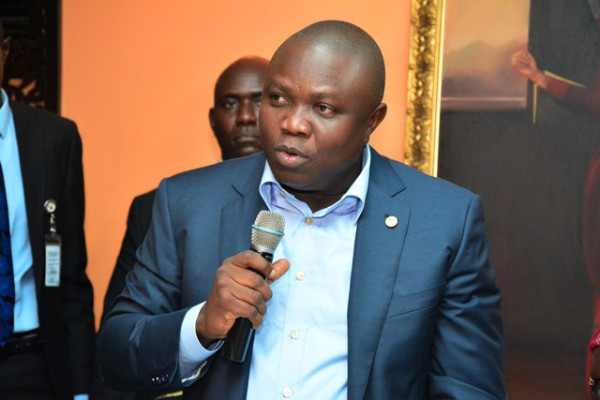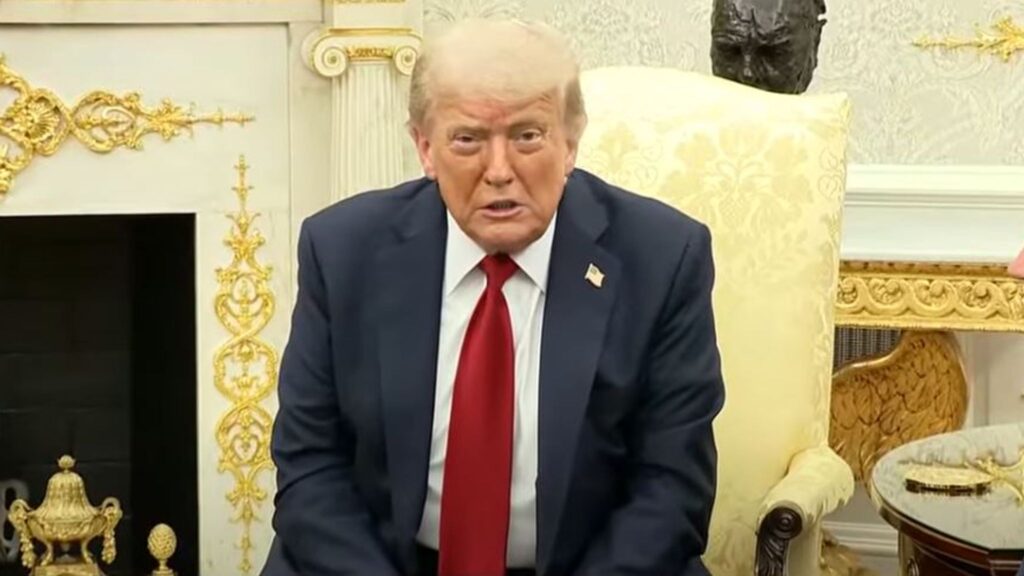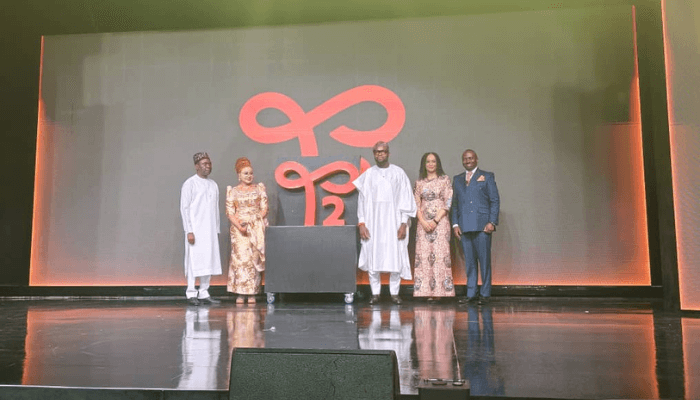Amid a world grappling with conflicts and crises, leaders at this week’s annual U.N. meeting are being urged to not only address pressing issues but also to modernize the international institutions established after World War II to better handle future challenges.
U.N. Secretary-General Antonio Guterres made this call a year ago, following a dire warning about the survival of both humanity and the planet. He invited leaders to attend a “Summit of the Future” and renew their commitment to multilateralism— the core principle of the United Nations and other global organizations—while working to overhaul aging global systems to better meet the needs of a rapidly evolving world.
Speaking to reporters last week, Guterres emphasized that the summit arose from a stark reality: international crises are advancing faster than solutions can be devised. He highlighted deep geopolitical divisions, escalating conflicts, climate change, inequalities, rising debt, and unregulated new technologies like artificial intelligence.
The two-day summit began on Sunday, just ahead of the high-level meetings of world leaders at the U.N. headquarters in New York City.
Earlier that day, the General Assembly adopted the summit’s key document—a 42-page “Pact of the Future”—following a vote of 143-7, with 15 abstentions, rejecting amendments proposed by Russia to weaken the pact. The agreement, hailed as a blueprint for addressing global challenges like conflict, climate change, AI, and U.N. reform, will depend on the commitment of the 193 member nations for effective implementation.
“Leaders must decide whether this is just another forum for talk or an opportunity to demonstrate the imagination and determination to foster true collaboration,” said Amnesty International Secretary-General Agnès Callamard. “If they fail to act, the consequences for our collective future could be dire.”



























